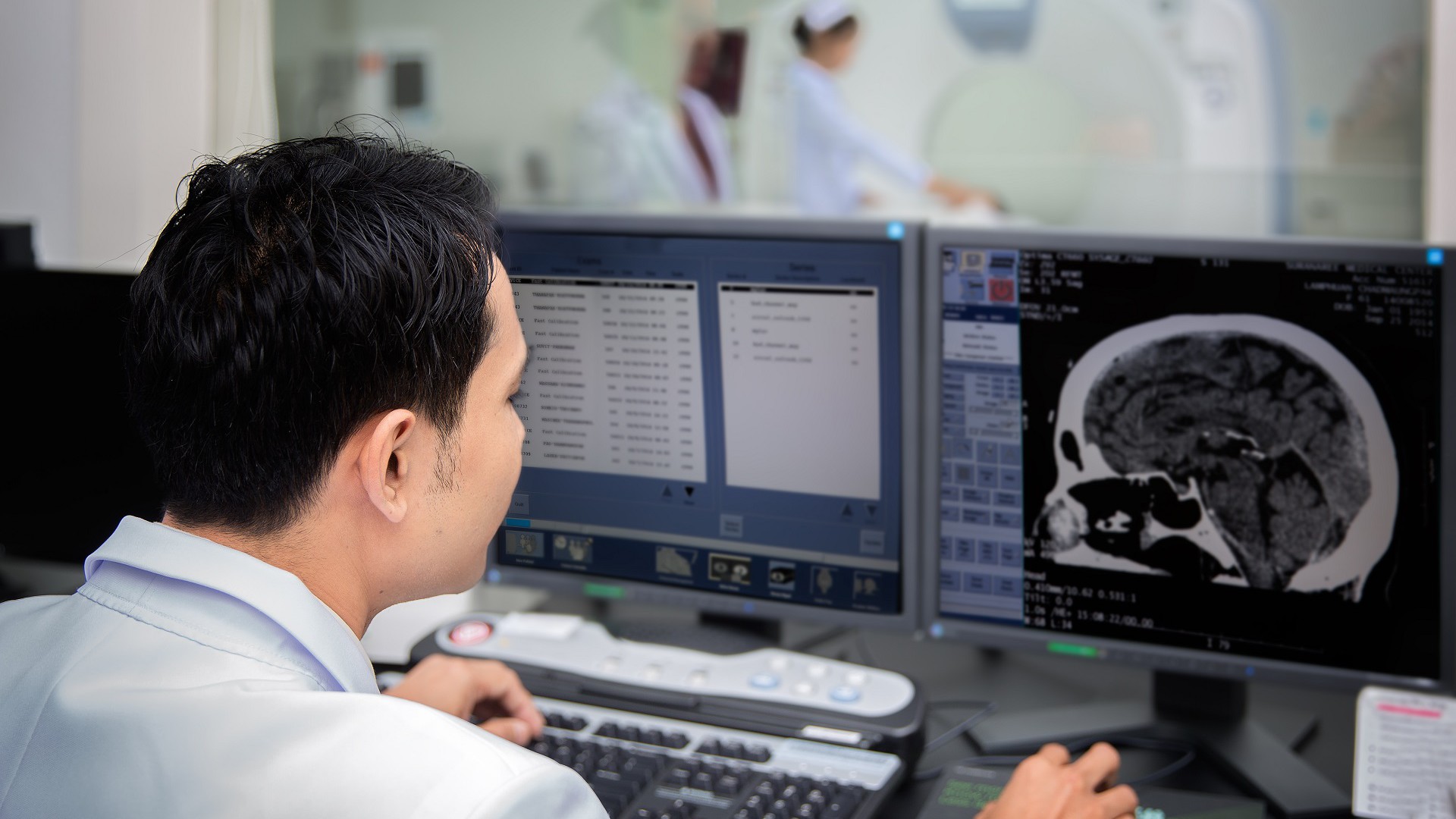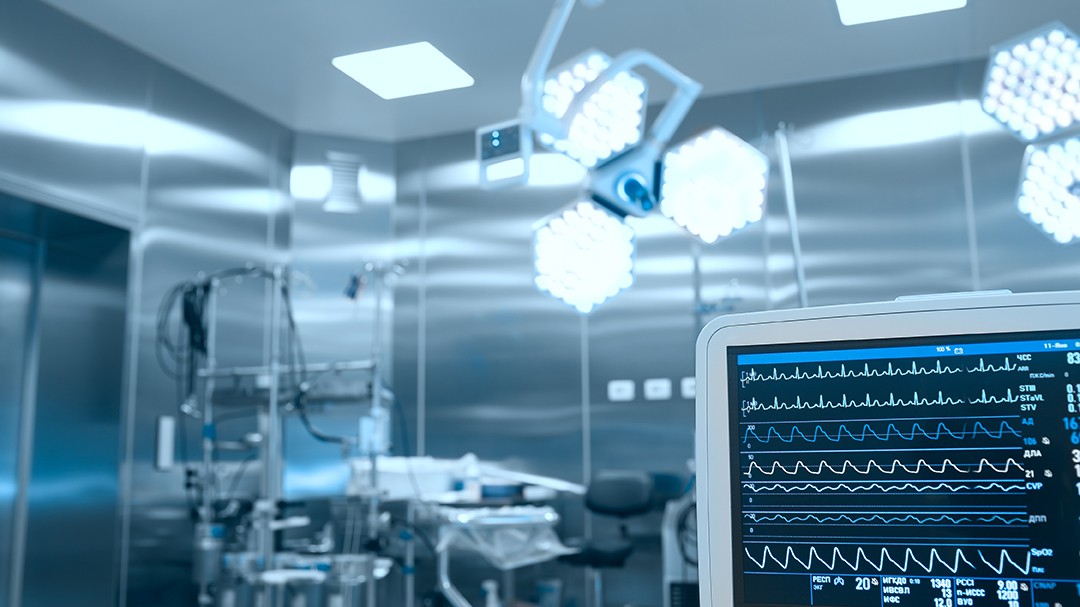Medical computers manage patients’ information and allow functions like writing & tracking prescriptions, managing patient billing and tracking all aspects of a patient’s medical care. Medical computers are improving the lives of many, and in this article we discuss in depth how they are revolutionizing the healthcare industry.
Save Space, Time and Money
Before medical computers and information technology, all files were kept on paper and filed in folders. This old way of storing information resulted in disorganization as well as duplication of efforts among physicians and even problems with mixing medications. With medical computers, medical staff in administration departments can quickly and easily access information for many purposes. So much information and usage is simplified by this technology, eliminating the need for additional support and by allowing more work to be done by fewer people.
A medical computer in administrative and financial settings of healthcare facilities provides accounting systems, such as patient billing, personnel and payroll, and materials management. Administration can easily keep track of the payroll system and other financial accounts.
Computers have a large capacity of memory. Not only do doctors and employees need information about patients, but also information required to treat patients. Computers keep records of all this important information.
With so many patients and their information, records and files would occupy too much space. Computers allow people in the medical field to store information without using a lot of area. Medical history, family history, current health status, and more can be easily accessed and looked up within minutes.
Patients’ prescribed medications can also be stored in a computer system in a hospital. This makes it much easier to transfer any prescriptions and data that a patient needs to local hospitals or pharmacies. Past hospital visits and billing information can be stored and kept for further use or future hospital experience. For example, doctors track the medications they prescribe. They can use the computer to find out what medications the patient may be allergic to. Doctors can also quickly check which medications interfere with another. Important information is all in a compact form and quickly accessed.
Perform Better Care
Computers connect people in the medical field and permit them to share findings that may be useful. Extensive research has been done and it is important that medical professionals have easy access to this research so they are up-to-date on the latest and best care. Medical computers allow connection to all research and data available.
A medical computer provides easy ordering of drugs, lab tests, and procedures. It can also serve many other purposes, such as obtaining electronic health records. It is very important for healthcare providers to have access to patient records and past treatments in order to make accurate diagnoses. Doctors can quickly sign prescriptions and other important documents. The patient can go up to the pharmacy and the prescription is ready to go.
A medical computer can also provide diagnostic image archiving and lab results. A doctor can easily access photos from x-rays to make a swift and accurate diagnosis. A medical computer is also very useful when it comes to prescription drug fulfillment, transcriptions, and alerts that help in error avoidance. Medical computers also help in the monitoring of patients in intensive care units. Providing immediate care in critical moments can make a difference between life and death.
Medical computers should have several features to handle the unique needs of healthcare. They should be tested and certified to be medical grade. This makes them safe for near patient use. Fanless design ensures these medical-grade computers won’t wake up patients while providing greater reliability than fanned ones since they lack moving parts that break down. An Ingress Protection of 65 shields them from any stray liquids. Finally, antimicrobial* properties to protect the computer casing from deterioration and degradation.
Summary
Medical computers save a lot of space, time and money. The ability to access drug-related information and patients’ allergy information at the same time helps doctors and pharmacists to avoid prescribing and issuing medicine to patients that may cause them harm, thus saving costly healthcare expenditures in treating unwanted drug interactions. Instant availability on patient and drug, disease and treatment information results in fewer cases of misdiagnosis, quicker and safer drug prescriptions and a reduction in medical malpractice lawsuits.
Medical computers help the healthcare professionals to perform better care, enabling them to share data and streamline processes. Digital charts are displayed with up-to-date patient information in real time, complete with decision-support tools. Doctors can quickly look up patients’ medical history and access the most up-to-date research, making the most accurate diagnosis possible. The valuable tools of a medical computer make all these processes much more effective, thus revolutionizing the healthcare industry in many spectrums.
Here’s How Telehealth is Revolutionizing the Way We Practice Healthcare
December 4, 2017
Telehealth is a topic under heavy study because it's extremely effective at reducing time and streamlining processes for medical care. It's a complex umbrella term that addresses physician to patient interaction, how…
0 Comments6 Minutes
Improve Interoperability with the Right Medical Computers
September 25, 2018
Every organization consists of different departments working in sync together to move forward. This is doubly true with healthcare organizations such as hospitals, which measure success in lives saved and patients…
0 Comments7 Minutes
3 Unique Point of Care Uses for Medical Computers
December 1, 2017
The term "point of care" may be a little bit unclear, so let's start off with defining what that means. Point of care testing suggests any medical treatment that can be done specifically where the patient is located.…
0 Comments6 Minutes
You Can't
Learn from a Pop-up
But we can deliver knowledge to your inbox!
We dive deep in the industry looking for new trends, technology, news, and updates. We're happy to share them with you.
Knowledge, News, and Industry Updates Right in Your Inbox





